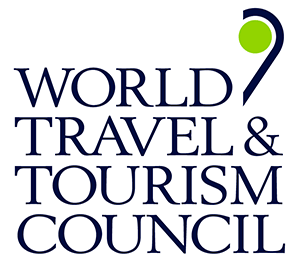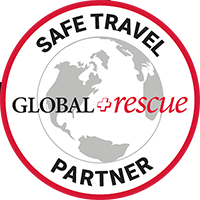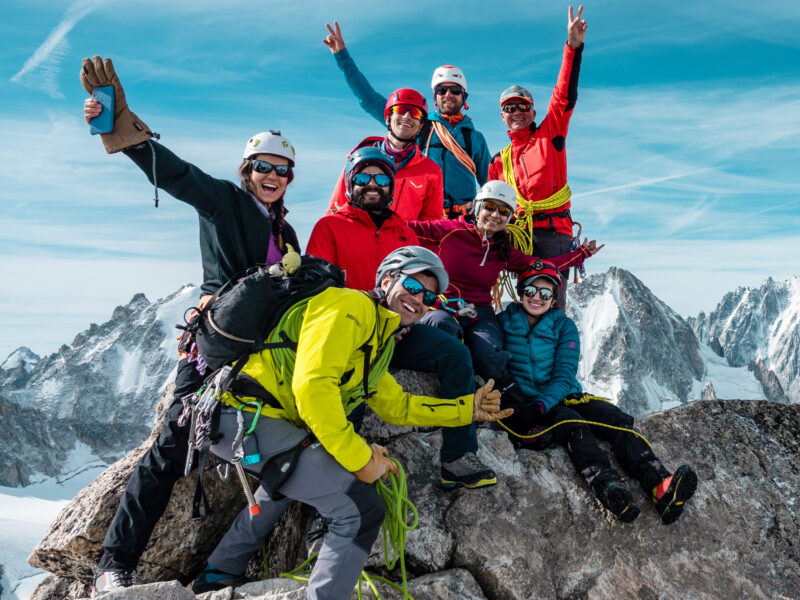BY Rami Rasamny | February 20 2024
Mont Blanc: The Ultimate Adventure Trip for Technical Climbing
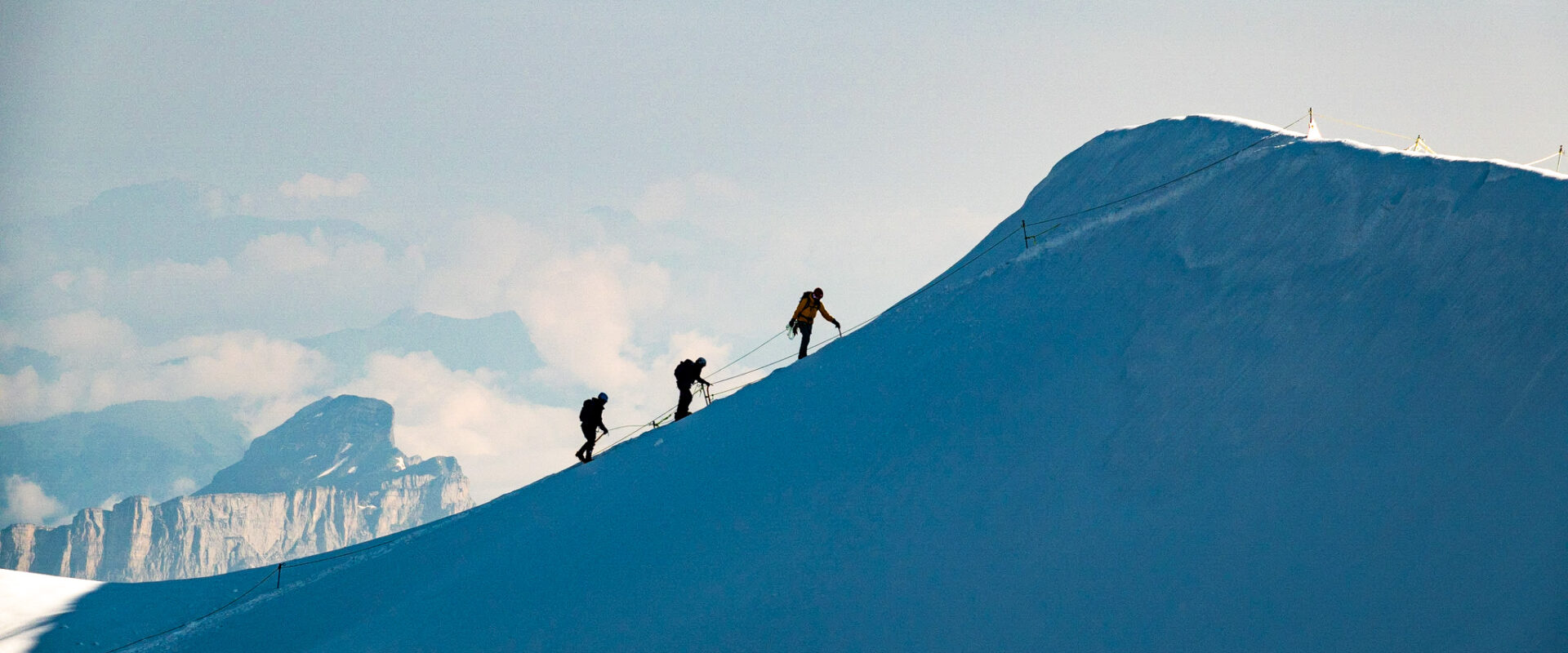
Ascending Mont Blanc, Western Europe’s highest peak marks a thrilling venture into the realm of technical climbing. This majestic mountain serves as a beacon for climbers worldwide, providing not only a physical challenge but also an opportunity to master complex climbing techniques. With its varied terrain and challenging weather conditions, Mont Blanc presents a formidable challenge and a breathtaking journey for those who dare to ascend its heights.
Journey to the Summit: Mont Blanc
At a towering height of 4,805.59 meters (15,766 feet), Mont Blanc stands as a symbol of mountaineering excellence according to elevation was recorded. While recent measurements in 2023 have shown a slight decrease in its height attributed to the diminishing snowcap, it remains an iconic peak that attracts adventurers from all over the world. The perennial ice-and-snow dome of Mont Blanc sets the stage for an unforgettable climbing experience.

Basic Requirements for Climbing Mont Blanc
Ascending Mont Blanc requires a combination of physical fitness, an eagerness to learn, and unwavering determination. The journey typically begins via the Gouter Route, which presents a unique challenge. This route, while popular among climbers, is akin to a demanding hike but situated at a much higher altitude and with significantly higher stakes. Prior experience in trekking or mountaineering can be immensely beneficial for those attempting this ascent.
Preparing for the Ascent: Fitness and Skills
Embarking on the journey to Mont Blanc’s summit demands not only physical fitness but also a readiness to acquire new mountaineering skills. Climbers must prepare themselves for strong winds, low temperatures, and the possibility of snowfall year-round. While it is possible to summit Mont Blanc without prior technical experience, extensive training in hills and mountains is often recommended.
The Popular Routes and Their Challenges
The Gouter Route is the most frequented path to the summit of Mont Blanc. Although it is the least technical, it still requires careful and steady climbing. Climbers must traverse various terrains, including the shoulder of Mont Blanc du Tacul and the Col du Mont Maudit, before facing a long snow slope and the final technical stretch to the summit. Many climbers choose to return via the same route, completing a full traverse of this majestic mountain.
Extreme Weather and Historical Ascents
Mont Blanc is notorious for its extreme weather conditions, with the lowest temperature plunging to -40°C. This harsh climates throughout the year. These challenging conditions have been bravely faced by mountaineers since the first successful ascent by Jacque Balmat and Michel Paccard in August 1786. Their historical feat, along with countless others, has contributed to Mont Blanc’s rich mountaineering history. Today, the mountain’s ever-changing climate continues to draw climbers, each eager to add their own story to its legacy.
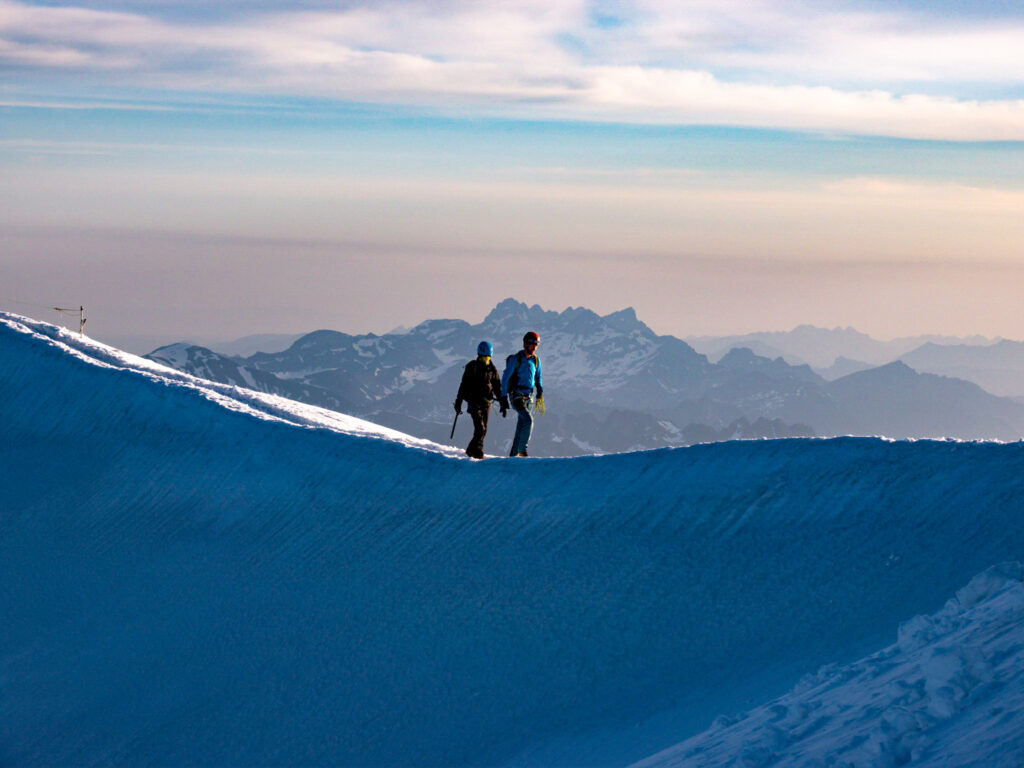
The Importance of Guided Climbs
Given Mont Blanc’s challenging conditions and high fatality rate, climbing with a guide or as part of an expedition is highly advisable. Guides play a crucial role in ensuring climbers’ safety by providing essential navigation and safety knowledge. They also enrich the climbing experience with their expertise, turning a daunting climb into a memorable and safer journey, especially for those new to high-altitude expeditions.
Safety Measures and Preparation
Safety should always be a top priority when embarking on a Mont Blanc adventure. Climbers should ensure they are equipped with the necessary gear, including ice axes, crampons, and appropriate clothing for extreme weather conditions. It is also essential to monitor weather forecasts and be prepared for changes in conditions. Adequate physical training, including cardiovascular exercises and strength training, should be incorporated into climbers’ preparation routines. Acclimatization to higher altitudes is also crucial to prevent altitude sickness.
Environmental Considerations
As adventurers, it is our responsibility to preserve and protect the natural beauty of Mont Blanc and its surrounding environment. Climbers should adhere to Leave No Trace principles, minimizing their impact on the mountain’s delicate ecosystems. This includes properly disposing of waste, avoiding damage to vegetation, and respecting wildlife habitats. By being mindful of our environmental impact, we can ensure that future generations can also experience the wonders of Mont Blanc.
Essential Gear and Equipment
When planning a Mont Blanc climb, it is essential to invest in high-quality gear and equipment. Some of the necessary items include mountaineering boots, crampons, ice axes, a climbing harness, and a helmet. It is crucial to choose gear that fits properly and provides adequate protection against the mountain’s challenges. Additionally, climbers should carry essential safety items such as a first aid kit, a headlamp, a map, a compass, and a communication device.
Training and Preparation Resources
For those seeking to conquer Mont Blanc, there are numerous resources available to help with training and preparation. Local mountaineering clubs and organizations often offer courses and guided climbs specifically tailored for Mont Blanc. These programs provide valuable insights and training in technical climbing skills, mountain navigation, and emergency response. Additionally, online forums and guidebooks offer a wealth of information and personal experiences from seasoned climbers.
Conclusion
Mont Blanc, with its changing elevation and diverse terrain, is the ultimate adventure trip for technical climbing. It demands careful preparation, respect for its dynamic nature, and a focus on safety, providing an enriching experience for climbers at all levels. Whether you are an experienced mountaineer or a novice adventurer, Mont Blanc offers a thrilling challenge and an opportunity to push your limits. So gear up, train hard, and embark on an unforgettable journey to conquer the heights of Mont Blanc.
About The Author
Rami Rasamny is the founder of Life Happens Outdoors, a premium adventure travel community dedicated to transforming lives through curated outdoor experiences. A mountaineer and entrepreneur, Rami has led teams on some of the world’s most challenging peaks, from the Alps to the Himalayas. His mission is to make adventure accessible, transformative, and safe for all who seek to push their limits and Come Back Different.
About Life Happens Outdoors
At Life Happens Outdoors, we believe in the power of nature to transform lives. As proud members of the Adventure Travel Trade Association (ATTA) and the World Travel & Tourism Council (WTTC), our team of certified guides and outdoor professionals is committed to the highest standards of safety, sustainability, and excellence.
Discover more about our story and mission on our Meet LHO page, or explore our curated adventures such as the Tour du Mont Blanc Trek, the Climb of Kilimanjaro, and Chasing the Northern Lights.










